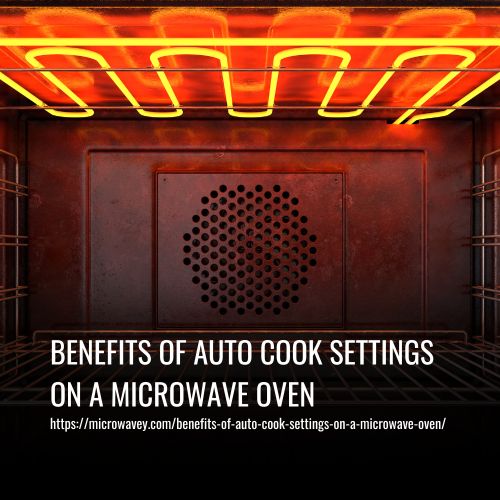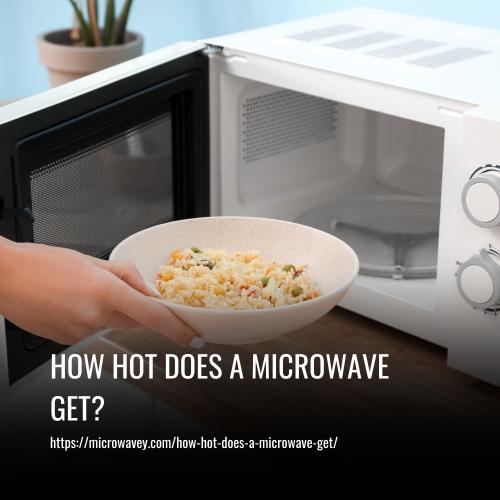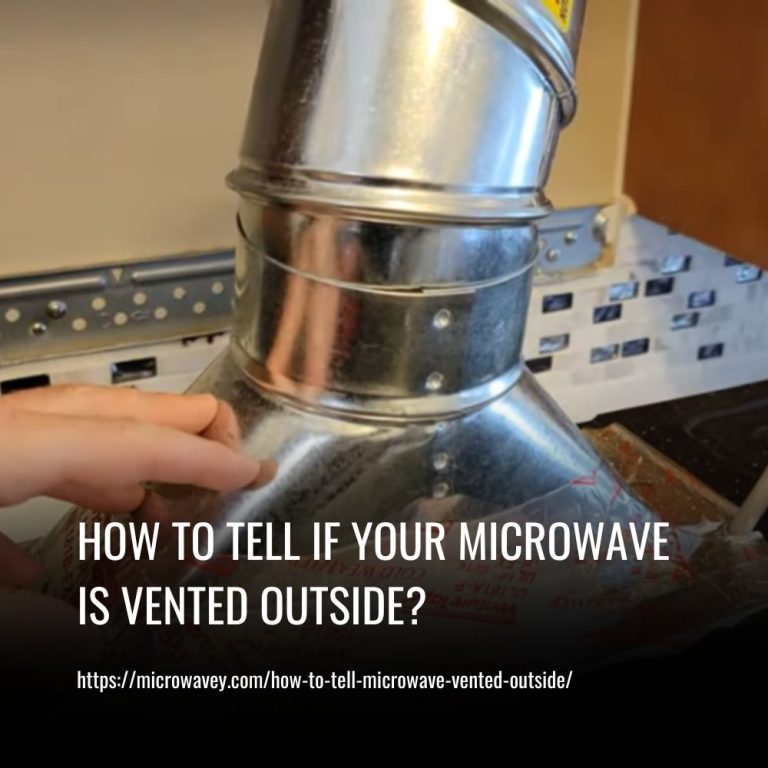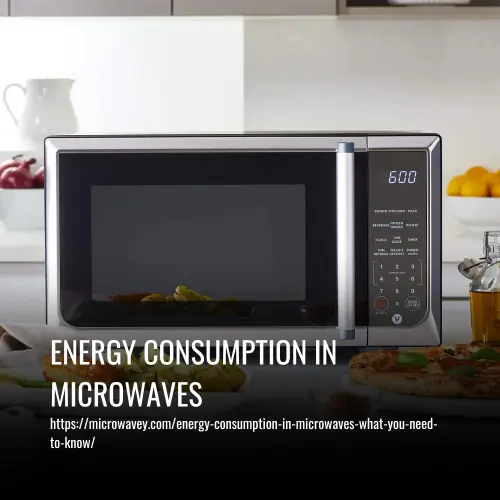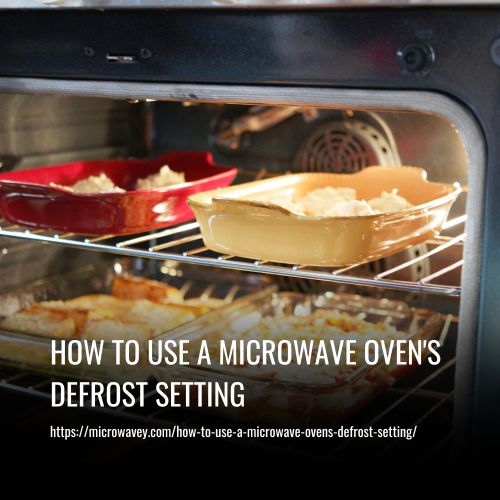Microwaves Explained: Why Do Microwaves Spin?
Microwaves spin to distribute microwave energy evenly, ensuring uniform heating throughout the food. A turntable rotates the food so that all areas are exposed to the microwaves as they bounce around the interior of the microwave. This spinning action helps prevent cold spots and overcooked edges by ensuring that the food is heated consistently. Without rotation, microwaves would heat food unevenly, potentially leaving some parts frozen while others are burnt. Turntables are essential for achieving consistent and reliable results when using a microwave.
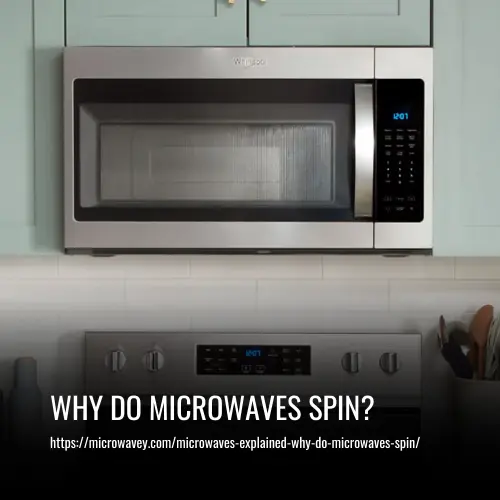
Do Microwaves Need To Rotate
Microwaves with turntable platters do need to rotate in order to cook food evenly. The rotating motion helps to ensure that the microwave energy is distributed evenly throughout the food, resulting in a more uniform cooking process. Without rotation, the food may have cold spots and hot spots, leading to uneven cooking and potentially unsafe eating conditions.
While it is technically possible to use a microwave that does not rotate, it would require frequent stirring and monitoring to ensure that the food is cooked properly. Ultimately, a rotating turntable helps to simplify the cooking process and produce better results.
How Does A Microwave Turntable Work
A microwave turntable works by using a motor to rotate the glass platter that holds the food. This rotation helps to evenly distribute the microwave energy, ensuring that the food is heated consistently. This process helps to avoid hot spots and cold spots in the food, resulting in more evenly cooked meals.
The rotation of the turntable also helps to ensure that the food is heated from all sides, leading to quicker and more efficient cooking. Overall, the microwave turntable plays a crucial role in the even and efficient heating of food in a microwave.
Why Do Some Microwaves Not Spin
Some microwaves have a flatbed design where the energy is generated at the base and distributed evenly, eliminating the need for a spinning turntable. These microwaves are designed to cook food more efficiently without the need for rotation.
However, for microwaves with a turntable that no longer spins, the most common cause is an obstruction in the track or a dirty roller guide. Cleaning the roller guide thoroughly or checking for any obstructions can help resolve the issue and get the turntable spinning again. If the roller guide is broken, it may need to be replaced to restore the functionality of the microwave.
The Turntable Idea
As we have said earlier, microwaves did not always have a turntable and in fact, did not have one until about 10 years later after the first commercial home microwaves were established. The initial discovery of microwaves being purposed for heating and excellent for cooking food started around the mid-1940s and became an ongoing idea to ensure meal preps. However, this was only for commercial or private use in businesses and other companies, not for personal home use.
It wasn’t until 1967 that home-accessible microwaves were fully developed and shipped onto shelves of every convenient store for the public to purchase. Just 8 years later, in 1975 is where these home microwaves really became popular and greatly enhanced the economy at the time, selling over a million units within that year.
Now, the microwaves that were publicly available during that time still did not feature a turntable, and it wasn’t until the 1980s that a turntable feature would be finally implemented into some microwaves. The idea was focused on the heat source of the microwave to be evenly distributed along the food product to make every bit of the meal cooked to perfection. Lucky for us, it was a success and has been implemented in nearly all of today’s microwaves.
Microwaves have come a long way and now we easily attribute the turntable function to microwaves. In fact, how many people can you count that don’t attribute such to any microwaves, perhaps very few if any at all? Safe to say that today’s microwaves have been associated with turntables and will continue to be for years to come.
Turntable’s Purpose

Now that we have briefly discussed the invention of both microwaves and the turntable feature, let’s now discuss further about what this function does to our food when placed in the microwave for cooking and why it should matter.
As we said earlier as well, the primary purpose of spinning the food inside the microwave during the cooking process is to help the food be cooked evenly. Older microwaves, such as those from the 1970s did not have the spinning function and mostly relied on where you placed your food in the microwave. What we mean by this is that a microwave without a turntable function meant that areas of the microwave will be either hot or cold depending on how far or close you place your food near the heating element since that heating element is usually installed on one side, deciding the hot and cold areas.
The checking and re-checking of the food to determine if all sides were cooked to the desired temperature, was another common hassle to deal with that is greatly saved through the rotation of the turntable.
With this turntable functionality, it spins the food and does not have to abide by the previously mentioned practice of placing food far or close to the heating element. The practice of checking and re-checking the food is also reduced, not to mention that it reduces time and effort. I suppose the only checking you would have to do with a turntable microwave is flipping the food if need be. But for rotation, these microwaves have your back.
In my experience with microwaves with turntables, I have rarely needed to flip the food to see if it’s truly ready for consumption. I have been lucky so far in that the microwaves I used with turntable features have cooked my food products thoroughly without complaints. Overall, the rotation of the food placed in these microwaves ensure a thorough cooking process.
Another purpose of why microwaves now spin is to prevent both burning and overheating. Returning to the practice of flipping and rotating the food in a non-turntable microwave, it is to reduce too much heat getting into the food and find areas where the food still needs cooking. With turntable microwaves, the rotating spin reduces the chances of burning and overheating. The only occasion where this would happen is either under or overestimating the microwave’s wattage and time duration the food is in. Other than this miscalculation by the user, the turntable feature greatly saves one’s food from burning or overheating often.
Turntable’s Mechanism

In this section, we will briefly discuss the practical application of the turntable by talking about what makes the plate spin and other mechanisms/technicalities such as the materials made for the turntable plate, the speed of the rotation, and much more.
Simply, the turntable plate (the primary platform that your meals sit on during the cooking process) is attached to a motor function from within the chassis of the microwave that enables it to turn and spin in a slow manner. Once the microwave is activated by choosing the preferred cooking time and method, the motor will proceed with its job and rotate the plate as planned.
Assuming you don’t overload your microwave with the weight capacity of the food being placed in it, the turntable can rotate any food of any size, just be sure to compensate cooking time based on the size as larger-sized food products require more time in the microwave compared to smaller-sized items. Always read the manual of the microwave model you own before cooking anything to properly judge the time and method of microwaving such as heating and defrosting.
When it comes to the speed of the rotation, the average speed of the turntable in a microwave is about one revolution per ten seconds. Revolution simply means a full rotation. In this case, if you find a point on the plate and follow it as it turns, it will make exactly one full rotation within ten seconds. If we are planning to cook our meal for about two minutes, then the plate will perform 12 full rotations by the time the cooking process ends.
As we’ve said, this is an average speed, however, do not expect any turntable microwaves to turn much faster as that will result in the food being jumbled about in the machine, making cooking less effective. And if the microwave displays a slower rotation, you may be using a heavier-than-usual food size for that machine to handle. If you prefer a slower rotation, might as well purchase a microwave without a turntable.
Lastly, the plate for the turntable feature is usually made out of glass with proper thickness to prevent any cracks or shattering. The plate will be roughly the size of the base of the microwave to ensure a maximum surface for the placement of foods. Through the utilization of ridges near the bottom, the plate is secured for control of rotation as well as being easily removable for cleaning and maintenance purposes. Also considering the average size is around 10-10.6 inches makes it very lightweight and easy to handle if removed.
As you can see, the turntable feature is not a complicated system, therefore making use easy and accessible. Anyone can work with this and avoid any severe dangers. If there are some to be had, always seek professional help in repairing the device or advice on how to use it properly.
Benefits of the Turntable Feature

It’s time to talk about further benefits you can get if you have a turntable microwave or thinking about getting one. Some benefits will be like the ones we have addressed, but we will add on to these for further details of what makes turntable microwaves useful.
As we’ve harped over and over, the three primary benefits are evenly cooked meals, and a reduction in burns and overheating. Though these are the major benefits we will always receive when using a turntable microwave, there are some others that one may not know or considered as benefits.
Other benefits involve being able to put multiple food products in at once and all being cooked evenly. Putting multiple foods in a non-turning microwave means that some food will get sufficient while others do not. The rotation continues to be a lifesaver in both time and effort.
For cleaning, it is much like all other microwaves in that it is simple to clean and maintain. The only caveat that one would have to consider with a microwave with a turntable is taking the extra step to clean the turntable itself. Though an extra step, it is nice to have a system that is easily removable to clean individuals rather than if one was not removable and had to work around tight corners for a chance to clean every nook and cranny. The primary convenience of this is the removable feature of the turntable for deep cleaning with no restrictions.
As with other non-turning microwaves, these microwaves with the turntable feature are small and easy to store without sacrificing too much space, allowing for more options to place the microwave anywhere you want. This accessibility is perfect for those who are limited on space or those who prefect a minimalistic approach to their style and preference in housing design. Despite such situations or preferences, this microwave is like any other microwave in size and accessibility, the only difference is that it has a turntable in it.
What if my Microwave Won’t Spin?
If your microwave is broken and won’t spin, the microwave needs to be fixed or the turntable needs to be re-centered. If your microwave doesn’t spin properly, it will not heat your food up correctly, which may result in your food remaining cold. The first step is to make sure the turntable mechanism is centered in the microwave and that the plate is centered on the turntable. If this still is not working, you may need a new microwave or a mechanic to fix it.
FAQs
The rotating turntable inside a microwave helps to ensure even cooking by helping to distribute the microwave energy throughout the food. Without the rotation, certain areas of the food may receive more energy than others, resulting in uneven cooking.
While some microwaves may still work without the rotating turntable, it is not recommended. The spinning plate helps to evenly distribute the microwaves, leading to more consistent cooking results.
If the spinning plate is removed from the microwave, the food may not cook evenly and could result in hot spots and cold spots. It is best to keep the spinning plate in place for optimal cooking performance.
Some microwaves have the option to disable the rotating feature, but it is generally not recommended as it may lead to uneven cooking. It is best to use the microwave as intended with the spinning plate in place.
The presence of a rotating turntable in a microwave is designed to ensure even cooking. Some higher-end microwaves may utilize other technology, such as a stirrer or dual wave distribution, to achieve similar cooking results without the need for a rotating turntable.
The rotating turntable is typically motorized and spins at a constant speed, helping to evenly distribute the microwave energy and promote even cooking throughout the food.
You can technically use a microwave without a turntable, but you will need to manually stop and start the appliance more frequently to ensure even heating. The turntable helps distribute the microwaves evenly, so without it, you will need to manually rotate or stir the food during the cooking process.
Conclusion
In conclusion, the spinning motion in microwaves is not just for show – it actually helps to ensure that food is heated evenly from all sides. So the next time you see your microwave spinning, you can appreciate the science and engineering behind it. It’s just one of the many fascinating aspects of technology that we often take for granted in our daily lives. So keep on spinning, microwave!

